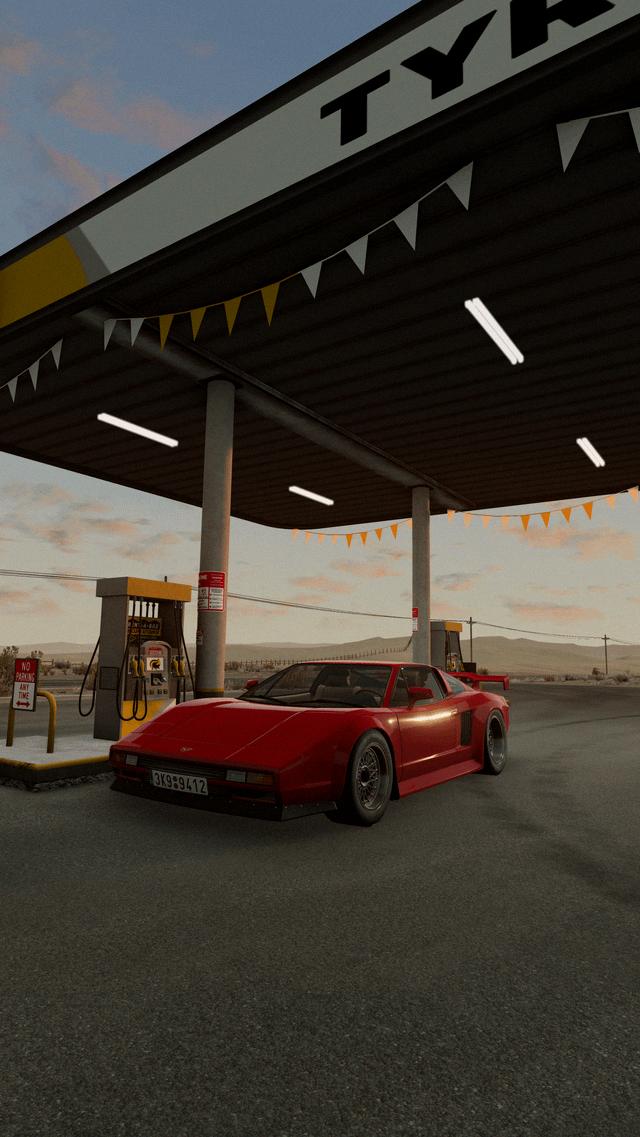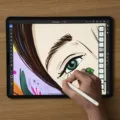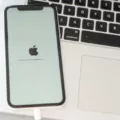When it comes to pictures, they have the power to tell a story or convey a message in a single frame. However, with the rise of photo editing tools, it has become easier for someone to manipulate and edit pictures to their liking. But what if you come across an edited picture and want to see the original version or remove the edits? In this article, we will explore the concept of reverse image searching and picture cleanup techniques.
Reverse image searching is a handy tool that allows you to find similar or identical images on the internet. One of the most popular reverse image search tools is Google Images. By uploading the picture you suspect to the tool, it will search the web for similar images and provide you with the results. This can help you identify if the picture has been edited or find the original version.
In addition to reverse image searching, you may also want to unedit a picture by removing the edits made to it. To do this, you can use photo editing software like Canva. Simply upload the picture to Canva’s photo editor and explore the various tools and features available. One helpful tool for picture cleanup is the Magic Eraser. It allows you to remove unwanted elements or edits from the picture, giving you a cleaner and unedited version.
Once you have edited the picture to your satisfaction, you can download it and share it with others. Whether you want to restore the original version of a picture or simply remove unwanted edits, these techniques can help you achieve your desired result.
Remember, pictures can be powerful tools of communication, but they can also be manipulated. With the help of reverse image search tools and photo editing software, you can uncover the truth behind edited pictures and restore them to their original form.
How Can I Reveal Edited Photos?
To uncover edited photos, you can employ the following methods:
1. Google Images Reverse Search: Utilize the reverse image search feature provided by Google Images. Upload the photo in question to the search tool, and it will display similar images and their sources. This can help identify if the photo has been edited or used elsewhere.
2. Online Reverse Image Search Tools: Besides Google Images, there are other online platforms that offer reverse image search capabilities. Websites like Duplichecker or Labnol allow you to upload an image and perform a reverse search to uncover any instances of the photo online.
3. Analyze Metadata: Check the metadata of the photo to gather information about its origin and modification history. Metadata provides details such as the camera model, date and time of capture, and editing software used. By examining this data, you may uncover any alterations made to the image.
4. Image Forensics Software: Consider using specialized image forensics software like FotoForensics or Izitru. These tools analyze the image for any suspicious alterations or manipulations, such as retouching, airbrushing, or cloning. They can provide an in-depth analysis of the photo to detect any tampering.
5. Compare with Original Source: If you suspect a photo has been edited, try to locate the original source. Compare the edited version with the original to spot any discrepancies, such as changes in lighting, colors, or details. In some cases, visual inconsistencies may indicate manipulation.
6. Consult with Professionals: If you require a thorough investigation of an edited photo, consider consulting with forensic experts or image analysis specialists. These professionals have advanced tools and techniques to detect even the most sophisticated editing techniques.
Remember, while these methods can assist in identifying edited photos, they may not always guarantee accurate results. It is essential to approach any findings with caution and consider additional evidence or expert opinions when necessary.

How Do I Remove A Draw From A Photo?
To remove a draw from a photo, follow these steps:
1. Open an image editing program: Start by opening an image editing program on your computer. Adobe Photoshop, GIMP, or Pixlr are popular options, but there are many other programs available as well.
2. Import the photo: Once you have the program open, import the photo you want to edit. This can usually be done by clicking on the “File” menu and selecting “Open,” or by dragging and dropping the photo into the program window.
3. Select the drawing: Use the appropriate selection tool in the program to select the drawing you want to remove. This could be a brush tool, lasso tool, or any other selection tool that allows you to outline or select the drawing accurately.
4. Erase the drawing: Once you have the drawing selected, use the eraser tool to remove it. Adjust the size and hardness of the eraser tool as needed to ensure precision while erasing the drawing. Carefully erase the entire drawing, ensuring that no traces of it remain.
5. Clean up any remaining marks: After removing the drawing, you may notice some remaining marks or imperfections in the photo. Use the healing brush tool or clone stamp tool to clean up these marks. These tools allow you to sample a nearby area and paint over the imperfections, blending them seamlessly into the surrounding pixels.
6. Save the edited photo: Once you are satisfied with the removal of the drawing and any additional edits, save the edited photo. Choose a file format that suits your needs, such as JPEG or PNG, and select an appropriate file name and location to save the edited photo.
7. Share or use the edited photo: you can share the edited photo on social media, use it for personal or professional purposes, or further edit it as desired.
Remember to always work on a copy of the original photo to avoid losing the original image. This way, you can always go back to the original if needed.
Conclusion
Pictures play a crucial role in various aspects of our lives. They have the power to communicate messages, evoke emotions, and convey information in a way that words sometimes cannot. Whether it’s for personal, professional, or recreational purposes, pictures are an essential part of our visual culture.
Pictures are not only visually appealing but also provide a means of expression and storytelling. They capture moments, freeze memories, and allow us to relive experiences. Whether it’s a breathtaking landscape, a candid snapshot of loved ones, or a thought-provoking artistic composition, pictures have the ability to transport us to different places and times.
From a marketing perspective, pictures are a powerful tool for promoting products and services. They can captivate an audience, create brand awareness, and influence purchasing decisions. In the digital age, where attention spans are shorter than ever, pictures can be the difference between a user scrolling past or stopping to engage with your content.
Pictures also have a significant impact on search engine optimization (SEO). Optimizing images with relevant keywords, alt tags, and descriptive captions can improve website visibility and attract organic traffic. Additionally, using original and high-quality images can enhance the overall user experience, leading to longer page visits and higher engagement rates.
However, it’s important to note that the use of pictures should always respect copyright laws and intellectual property rights. Obtaining proper permissions or using royalty-free images is crucial to avoid legal issues and uphold ethical standards.
Pictures are a powerful medium that can convey messages, evoke emotions, and enhance various aspects of our lives. Whether it’s for personal enjoyment, marketing purposes, or search engine optimization, utilizing pictures effectively can significantly impact our visual culture and overall user experience.








